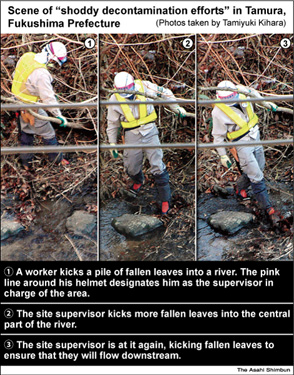Electric Reliability Council of Texas (ERCOT) has found that if you use updated wind and solar power characteristics like cost and actual output to reflect real world conditions, rather than the previously used 2006 assumed characteristics, wind and solar are more competitive than natural gas over the next 20 years.
Every two years ERCOT uses a series of complex energy system models to model and estimate future conditions on the Texas electric grid. This serves a critical function for legislators, utilities and regulators who need to prepare for changes as our electric use continues to expand and evolve. This year ERCOT dug a little deeper into their historical assumptions and developed a version of the model that used current, real-world cost and performance data for wind and solar power.
What they found was astounding: without these real-world data points, ERCOT determined that 20,000 MW of natural gas will be built over the next 20 years, along with a little bit of demand response and nothing else. Once they updated their assumptions to reflect a real-world scenario (which they call "BAU with Updated Wind Shapes") ERCOT found that about 17,000 MWs of wind units, along with 10,000 MW of solar power, will be built in future years.
These results show two drastically different futures: one in which we rely overwhelmingly on natural gas for our electricity, and one in which we have a diverse portfolio of comparable amounts of renewable energy (which does not use water) and natural gas. [Climate Progress] [Long Term System Assessment for the ERCOT Region - December 2012]
























